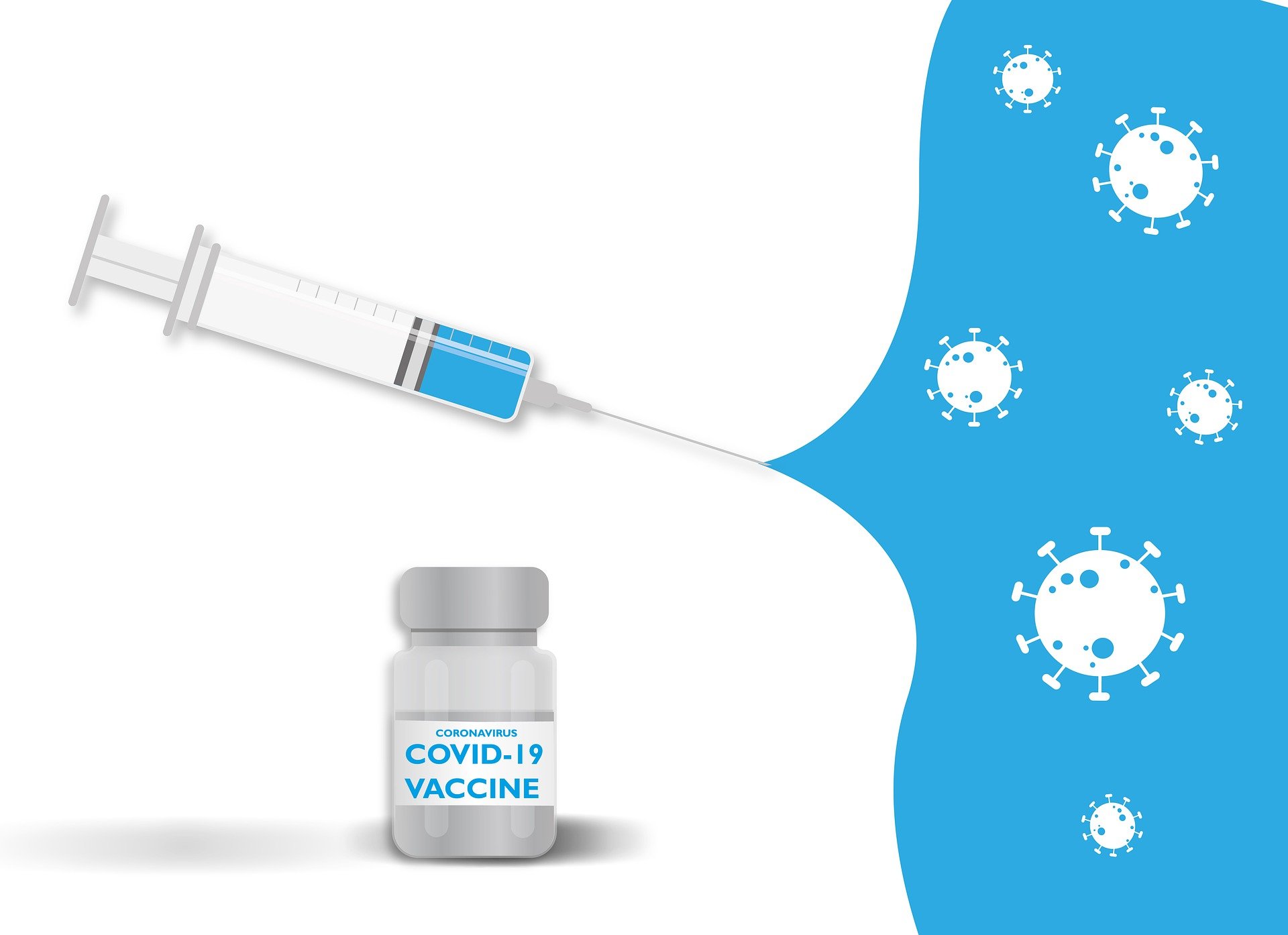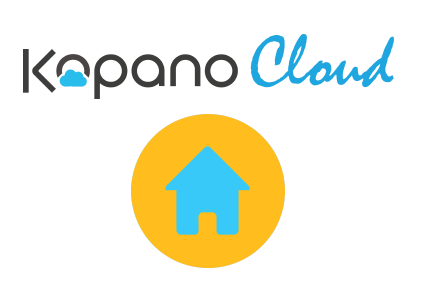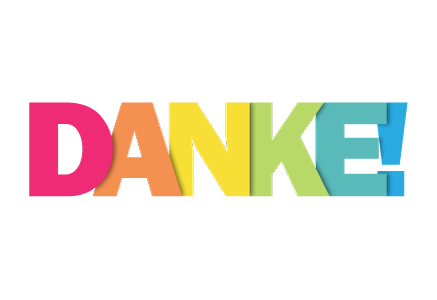In Germany Vaccination against Covid-19 began on December 27, 2020. About 300 million vaccine doses are expected to be available in Germany in 2021 if all vaccine candidates are approved. In the run-up, the EU secured more than one billion vaccines through contracts (including exclusive agreements) with several pharmaceutical manufacturers such as Pfizer-BioNTech, Moderna, CureVac and AstraZeneca. At the same time, they supported pharmaceutical manufacturers with subsidies to advance the development of promising vaccines. Even if there is some current criticism that the strategy of relying on multiple manufacturers may not have been perfect, it all sounds fundamentally sensible and right, doesn’t it?
Demand determines supply and price
It sounds right because we are all very familiar with this approach: there is a demand and an offer – whoever comes first gets the contract; whoever pitches a promising product in development, that’s who you invest in. In the economic context, we don’t question this, but can we do the same in the context of a pandemic? In the global economic context, we have long promoted inequities and distributional imbalances with this approach, as neither everyone has market access and thus access to supply, nor does everyone have the same purchasing power to meet their needs. There has been an economic imbalance between the global North – the industrialized countries – and the global South for centuries, which has had a particularly negative impact on the most vulnerable participants.
“It has not been possible, in these long months that would now have been time since the outbreak of the pandemic, to find an international arrangement that would allow equal global access to the vaccine.” (Anne Jung, Medico International, taz-interview 04.01.2021, https://www.patents-kill.org/)
With reference to Covid-19, it is evident that the exclusive patents held by pharmaceutical manufacturers strongly contribute to promoting the imbalance. Recall briefly the outraged outcry in Germany in March 2020 when the still-incumbent President of the United States attempted both to poach researchers from the Tübingen-based company CureVac as well as to secure exclusive rights to the company’s vaccine. Is it ethical for pharmaceuticals and/or vaccines that are indispensable to all and of public interest to be covered by patent protection, thus restricting access?
Patent protection and proprietary software
Patent protection and proprietary software have in common that a company can market its product exclusively and the “recipe” (ingredients, resources, composition, source code) remains intransparent. In the current pandemic situation, patent protection (due to the protected price) firstly ensures that rich countries can afford vaccines rather than poor ones. Second, the protection also means that the vaccine cannot be produced in a decentralized manner by many different producers.
Protecting patents or intellectual property is not wrong in principle. However, a concentration of property rights can also lead to monopolization and put power in the hands of a few companies – whether it is vaccines or software. The result is always a kind of dependency that allows less self-determination.
Commons and commons reduce inequalities
Jonas Salks, one of the inventors of the polio vaccine, released his invention instead of patenting it, effectively declaring it a commons. Asked in a 1955 interview who owned the patent, Salk replied: “Well, the people, I would say. There is no patent. Could you patent the sun?”. Commons (term from economics) refer to jointly produced, maintained and used products and resources of various kinds. They can be tangible or intangible in nature. Commons are characterized by knowledge production and exchange and are therefore very related to the open source idea.
For the development of the Covid-19 vaccine, for example, the pharmaceutical company Pfizer received 400 million euros in public money. Is it out of place to pursue the idea that, conversely, the company returns these funds to the community in the form of a patent release, thus promoting decentralized manufacturing? Considerations in a similar direction are addressed by the “Public Money, Public Code” initiative, which is currently supported by 201 organizations and 29800 individuals. The goal is to create a legal basis for making software which has been developed with public money for public administrations available under a free software and open source license.
“If it is public money, the code should be public too! Code paid by all should be available to all!” (Source: https://publiccode.eu/)
The problems that licensing/patenting medical products can bring were already evident in March 2020 in the Netherlands. A shortage of Covid-19 tests could be traced to the availability of a proprietary liquid from pharmaceutical manufacturer Roche. Several parties in the lower house of the Dutch parliament then considered forcing pharmaceutical company Roche to release the manufacturing process and recipe of the coronavirus test to allow production of the tests in the Netherlands. (https://nltimes.nl/2020/03/26/mps-favor-forcing-pharmaceutical-release-recipe-coronavirus-test)
Donations do not change the system
At the political level, there is a keen awareness of the problem of unequal access to resources (vaccines in this case). To reduce this inequality, the WHO, together with initiatives and foundations, initiated the global vaccine initiative COVAX, which is supported by the European Union with EUR 500 million. At its core, the initiative aims to provide surplus vaccine doses from developed countries to countries that cannot afford to purchase vaccines. Although this initiative will certainly do good, it reproduces the idea of charity from the rich to the poor. This is even more regrettable since “helping people to help themselves” has long been the guiding principle in the international development cooperation with countries of the global South, too, and not the distribution of donations. It is understood here that self-empowerment is an important tool for experiencing autonomy and sovereignty.
The Open Source idea for health
There was indeed the thought of breaking the patent protection logic for Covid-19 vaccines. The World Health Organization (WHO) came up with the idea for what they called the “C-TAP: Covid-19 Technology Access Pool.” This pool would collect patents and forms of intellectual property (data, software, etc.). From this, other countries could have made use of it to further research and to facilitate the production of the vaccine in different places in the world. This idea was rejected by pharmaceutical companies and almost all European member states, thus giving away the potential for open source development.
Conclusion
It is necessary to spread the Open Source idea to the health sector as well, in order to strengthen its own sovereignty and self-efficacy, to become more independent and to reduce inequalities. In this sense, Open Source can also be understood as a support for the achievement of Goal 3 (Good Health and Well-Being) and Goal 10 (Reduced Inequalities) of the Sustainable Development Goals.



